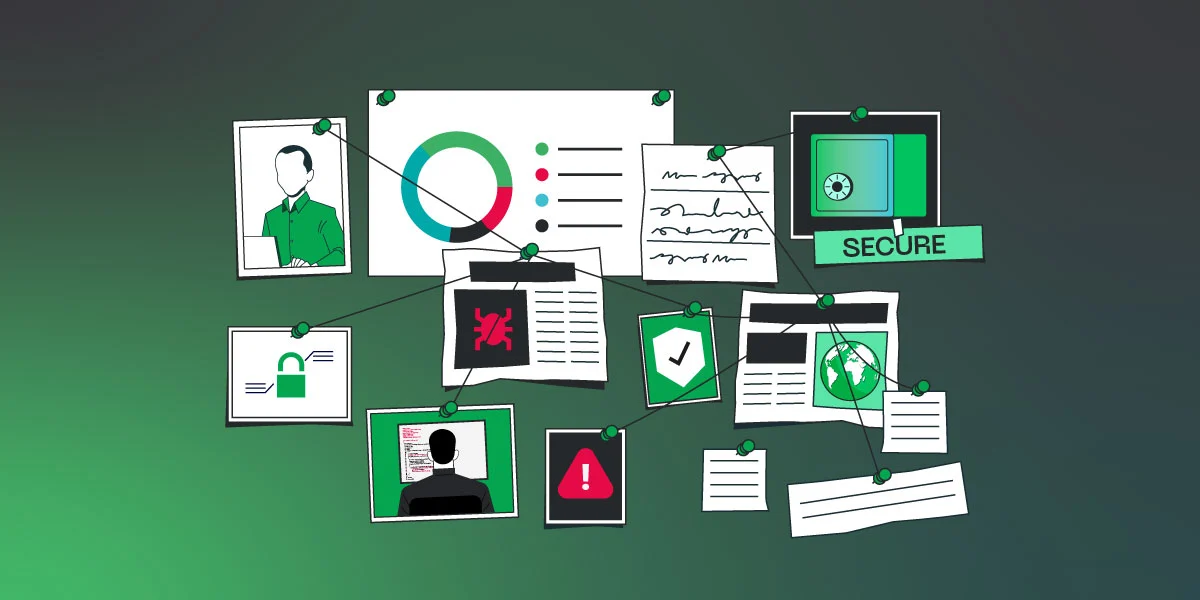Cybersecurity strategies in the era of digital transformation
April, 3, 2025
3 minutes read

In a landscape where 64% of Latin American companies are increasing their investment in IT in 2025, effectively integrating cybersecurity with digital transformation processes has become an undeniable strategic necessity. This increase in investment, primarily directed toward artificial intelligence, system migration, cloud computing, and security, reflects a heightened awareness of the critical value of safeguarding IT assets as organizations progress toward technological modernization.
According to the World Economic Forum, cyberattacks rank among the top five global risks, with damages related to cybercrime projected to reach $10.5 trillion annually by 2025, according to forecasts from Cybersecurity Ventures. In this context, understanding the symbiotic relationship between digital transformation and cybersecurity is not merely a competitive advantage but an existential necessity for modern organizations.
Technologies face many threats and require proactive strategies to mitigate risks and impacts. Information stands as one of the most valuable assets to protect; however, information security is often not sufficiently prioritized in a preventive manner. It is common for its absence to only be felt when an incident occurs that inflicts irreparable damage—both material and reputational—resulting in economic losses or diminished credibility.
The necessity for digital transformation processes to be accompanied by cybersecurity decisions is indisputable. As dependence on technologies increases, so do the risks, and companies must hold themselves to higher standards regarding cybersecurity measures. Otherwise, information assets will be threatened and the business itself will be at risk.
For LATAM, the lag in technology adoption and development poses a direct threat to economic development and regional security. The lack of investment in R&D and weak innovation policies have placed many countries at a disadvantage against technological powers. The inability to fully integrate technologies such as big data, artificial intelligence, and advanced automation limits industrial competitiveness and amplifies these countries’ vulnerability to cyber and military attacks.
The document titled “Technological Leap or Technological Lag?: Latin America’s Struggle to Keep Up with Emerging Technologies” offers key recommendations to close the technological gap in LATAM. These recommendations focus on strategic initiatives that foster innovation, enhance infrastructure, and promote multisectoral collaboration. Key suggested actions include:
- Investing in research and development.
- Enhancing STEM education.
- Building robust digital infrastructure.
- Creating innovation centers and technology clusters.
- Establishing regulatory frameworks to support innovation.
- Modernizing cybersecurity capabilities for critical infrastructure.
- Developing expertise to counter cyber threats.
- Fostering international cooperation.
The future of digital transformation and cybersecurity points toward complete convergence, where both disciplines merge into a holistic approach to digital resilience. This future will be characterized by:
- Integrated teams: A gradual dissolution of barriers between development, operations, and security teams.
- Unified platforms: Solutions that combine development, deployment, and security functionalities within a single ecosystem.
- Adaptive security: Protective systems that continually evolve in response to new threats and changes in the business environment.
Batuta centralizes the management and control of IT infrastructure and cybersecurity technologies within organizations, enabling these three conditions to be met. In this way, it provides clarity and control, facilitating the transition from a reactive security strategy to a proactive one.
Integrating cybersecurity strategies into digital transformation projects not only protects companies against cyber threats but also enables continuous and secure progress toward the digital future. In Latin America, where digitization is booming, companies must adopt these best practices to remain competitive and secure in the global landscape. Ultimately, the path to the digital future is neither linear nor predictable, but one thing is certain: digital transformation and cybersecurity must walk hand in hand to meet challenges and seize opportunities that tomorrow holds.




